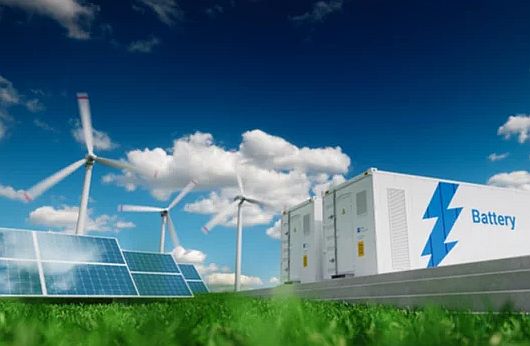Source: Energy News
Steve Rotherham – Mon, 27 Jan 2020

Mainstream technologies can’t deliver energy storage on the scale needed to decarbonise power grids, says the World Energy Council. But a narrow focus on lithium-ion batteries is hindering development of alternative technologies.
After interviewing energy leaders from 17 countries, last week the WEC published Innovation Insights Brief – Five Steps to Energy Storage.
“Energy storage is too often reduced to battery technologies,” the report says.
Storage solutions can also include hydrogen, supercapacitors, pumped hydro, compressed air, superconducting magnetic storage, flywheels, sodium sulphur, redox flow and molten salt.
“Future-proofing our energy system means considering alternative solutions and ensuring technologies have equal market opportunities,” the WEC says. “Demonstration projects are necessary to disprove bias toward specific technologies.”
The world needs new policy and market frameworks to support innovation and growth in energy storage, according to the WEC.
It says policymakers and energy storage developers must:
- encourage a whole of system approach
- focus on storage as an affordable option for deeper decarbonisation
- advocate for openness towards a wide range of technologies.
Lessons for NZ
BusinessNZ Energy Council executive director Tina Schirr says the WEC document holds lessons for New Zealand.
“Affordable storage systems are a crucial missing link between intermittent renewable power and 24/7 reliability in a net-zero carbon scenario,” she says.
The WEC finds plenty is being done on short-duration, battery-based storage. But there has been limited progress in developing cost-effective daily, weekly and even seasonal solutions.
Industry, transport and the electricity sector should collaborate on storage, including heat, electricity and hydrogen.
Schirr argues New Zealand’s energy sector must focus on delivering affordable clean energy for all, and needs to explore a wide range of technologies to help reach that goal.
“Future-proofing our energy systems means considering alternative solutions and ensuring technologies have equal market opportunities”.
The WEC recommends five steps to energy storage.
1: Enable a level playing field
Clearly define energy storage as an asset class separate from generation, transmission and consumption.
Focus on how energy storage can aid a better energy transition.
2: Engage with all stakeholders
Consult with all relevant stakeholders to explore all potential energy storage needs.
Ask whether energy storage is really needed – or if it’s best to smart grids, flexible generation or demand-side response.
Consider future grid operations and how to develop reliable storage systems that can deliver timely responses.
3: Capture energy storage’s full potential
Remove barriers that inhibit using energy storage for all energy market services and products, including wholesale capacity and ancillary services. Establish clear rules of access.
Rewrite market rules as needed to let storage systems offer several simultaneous market services.
Use artificial intelligence to deliver unused stored energy to grid locations as needed.
4: Assess and adopt enabling mechanisms
Learn from others and work together to identify policies that best suit your country’s circumstances.
Ensure that there is no bias for or against behind-the-meter energy storage. BTM storage should be able to provide energy for front-of-the-meter applications.
5: Share information and promote research and development
Promote information-sharing across the industry and beyond.
Keep a long-term horizon in mind and promote R&D for long-duration storage.
